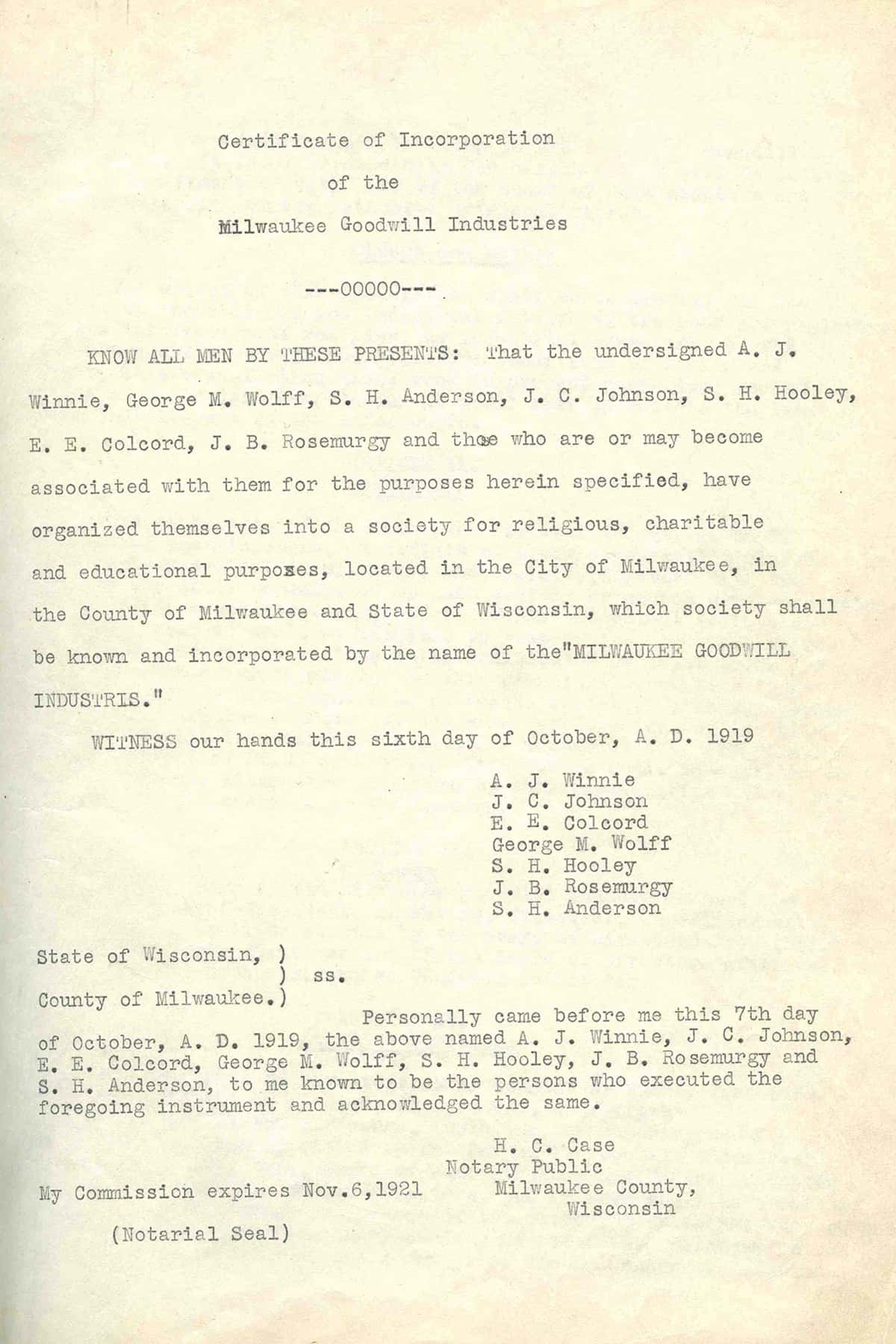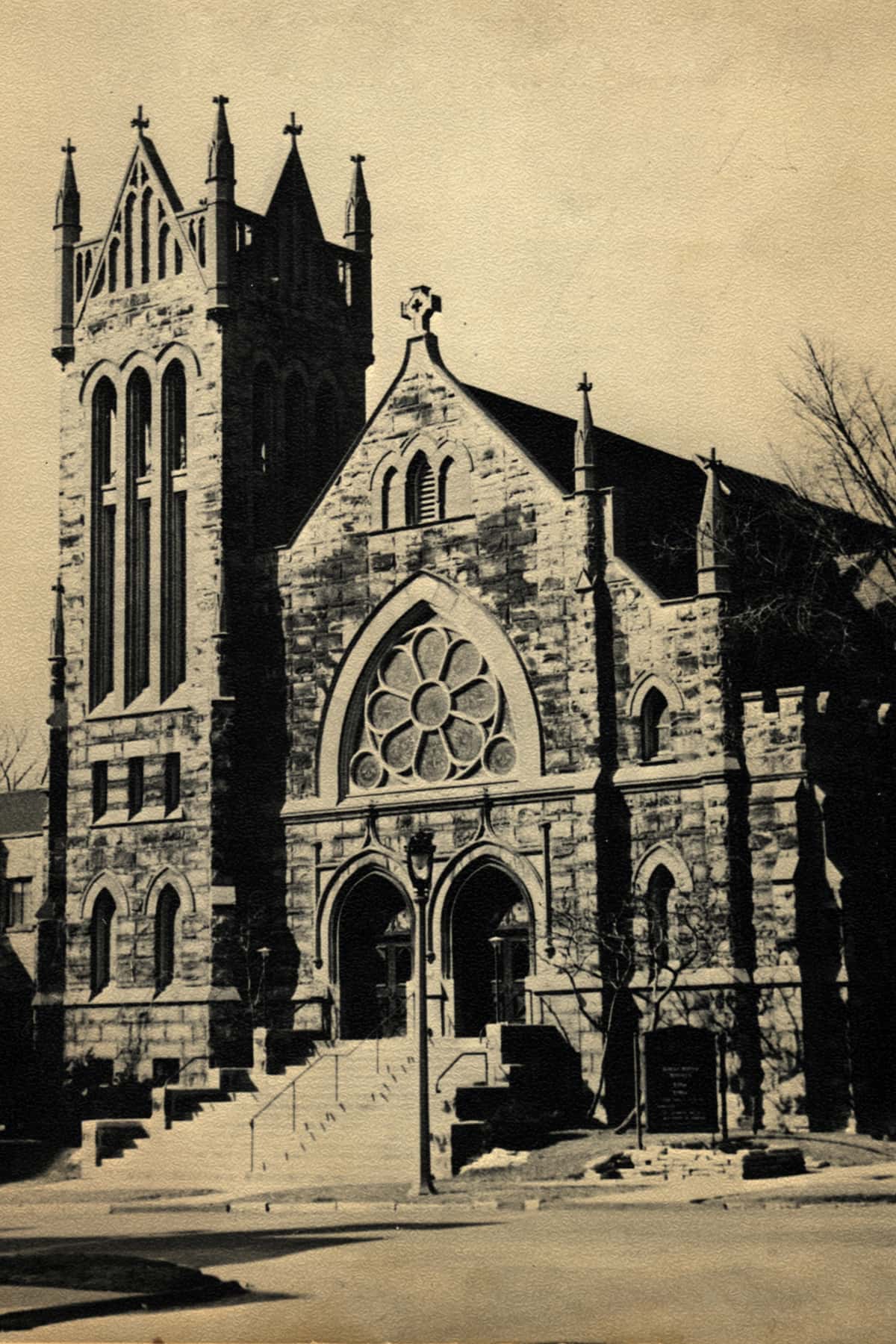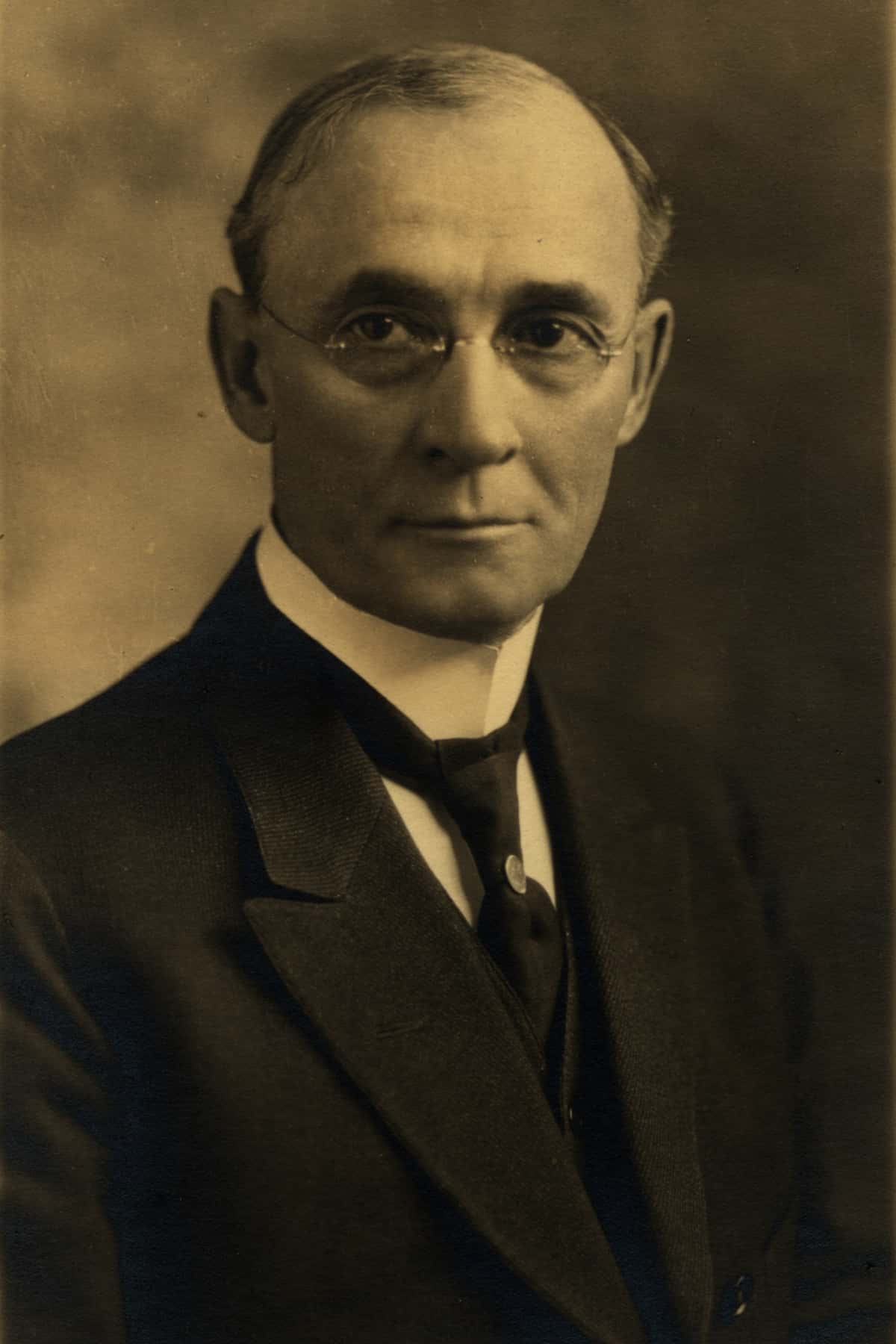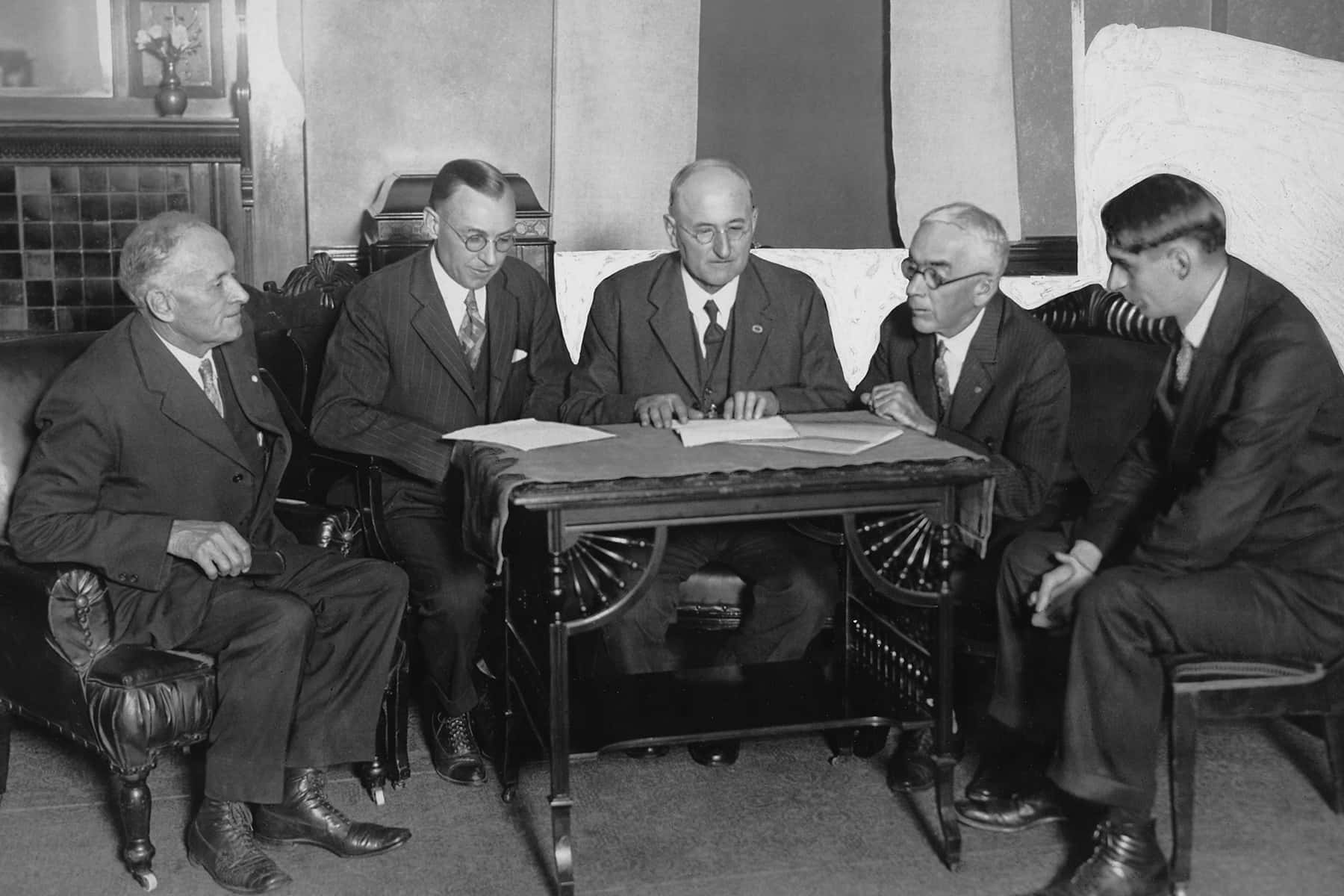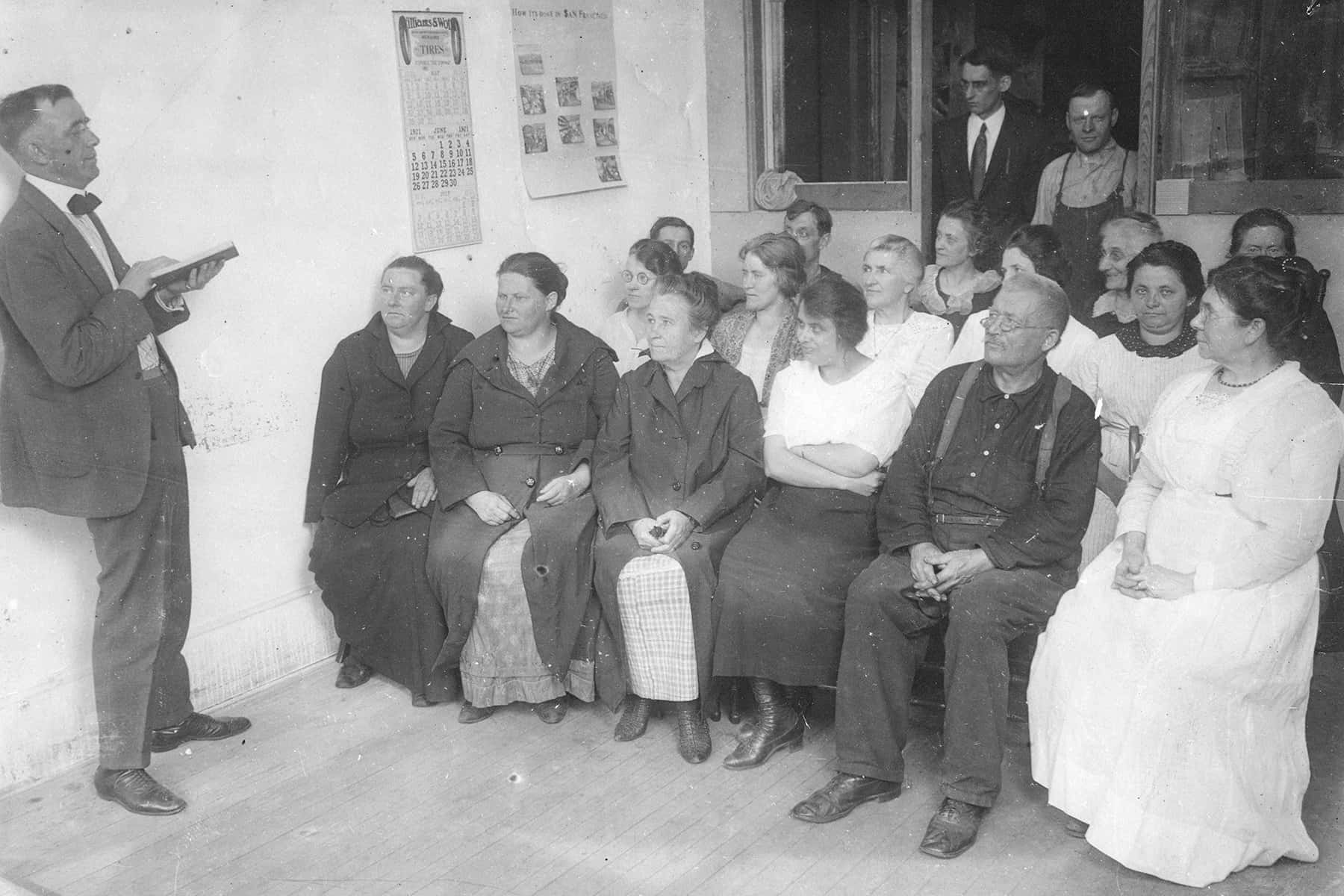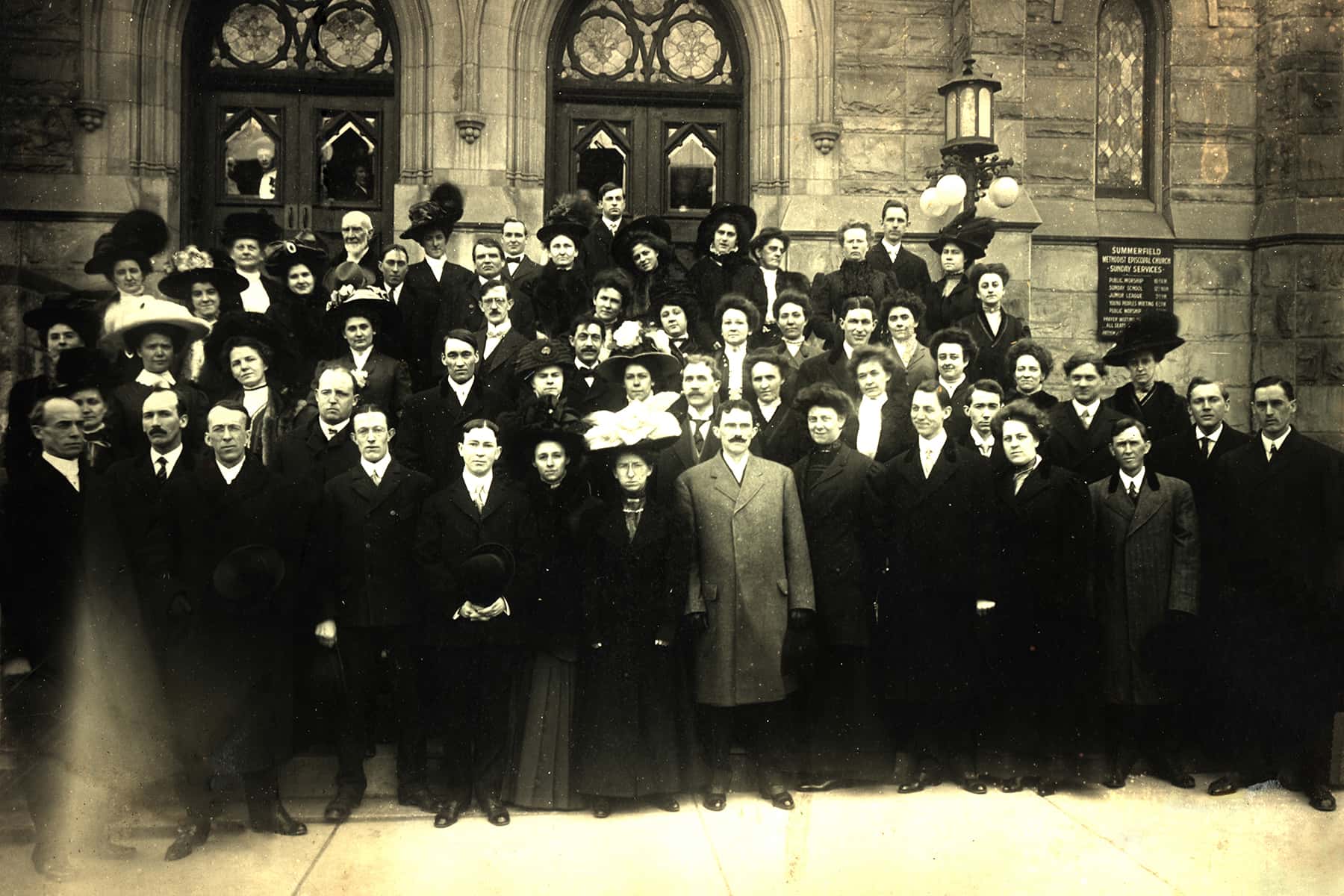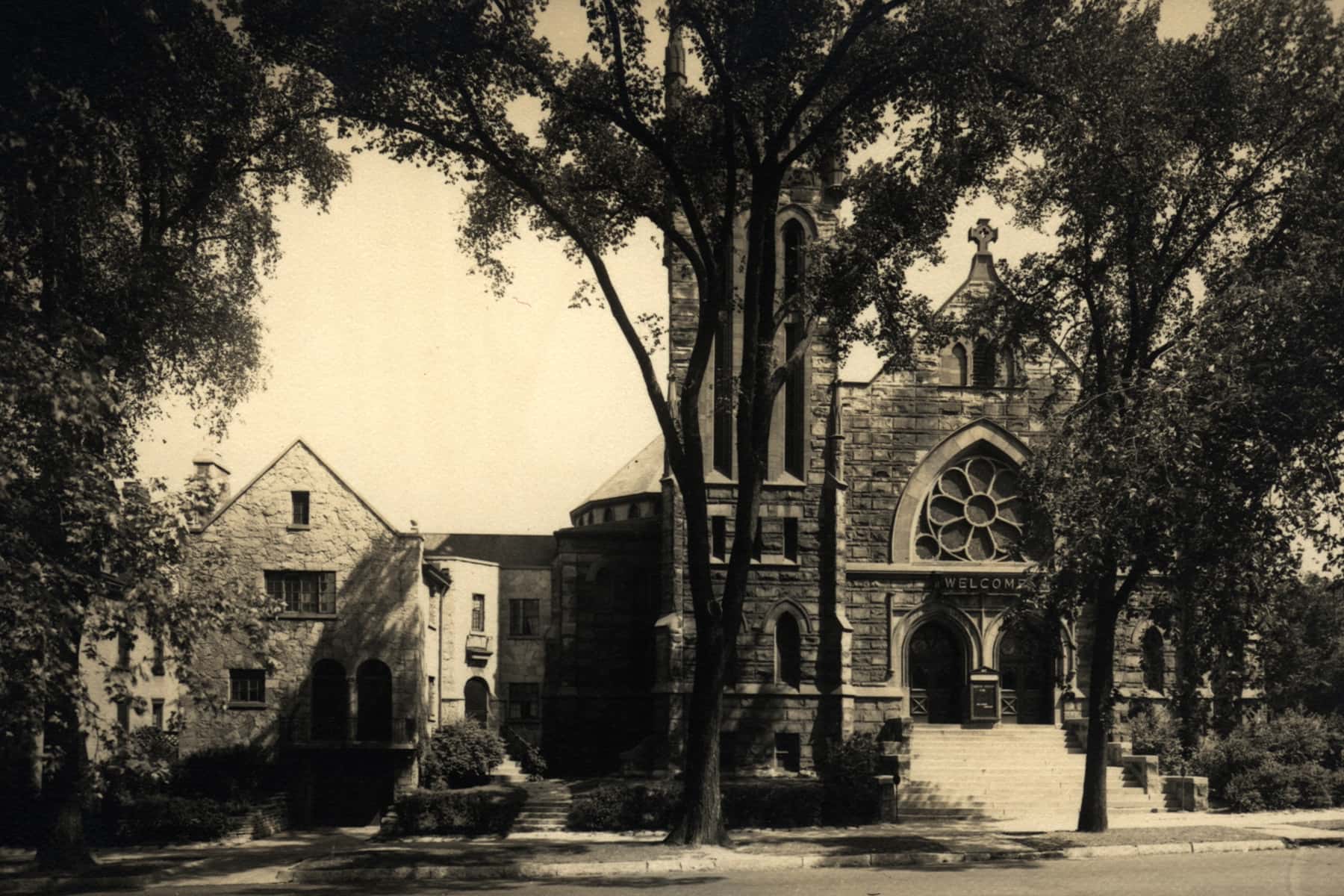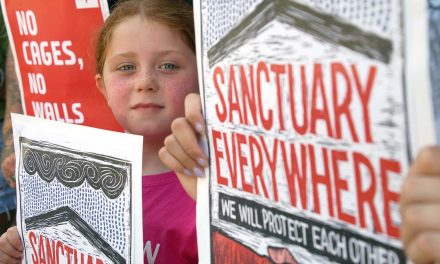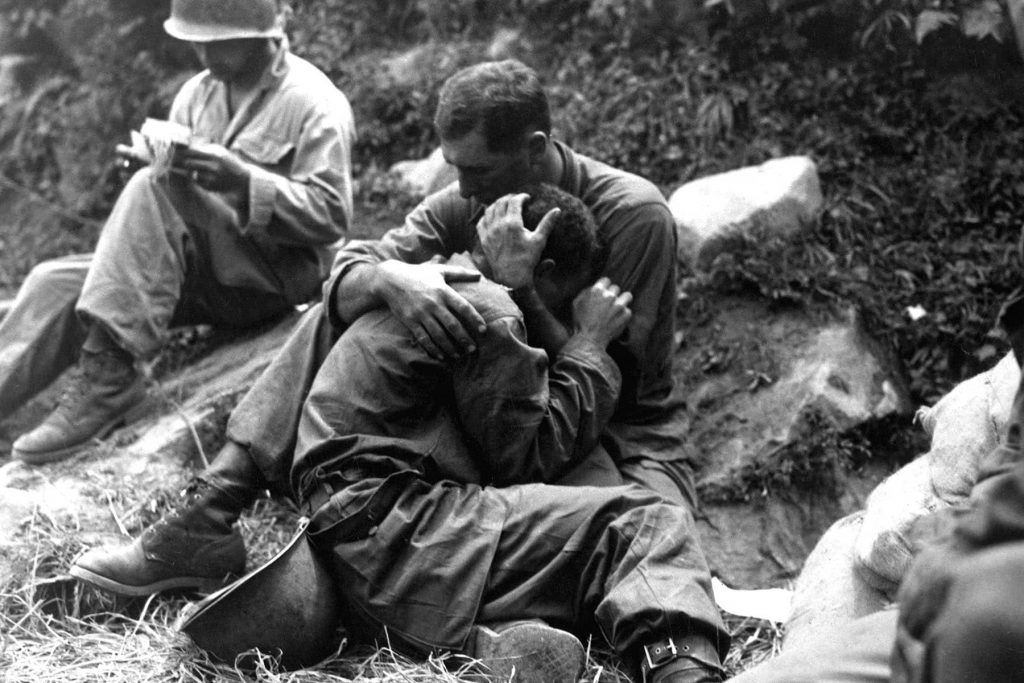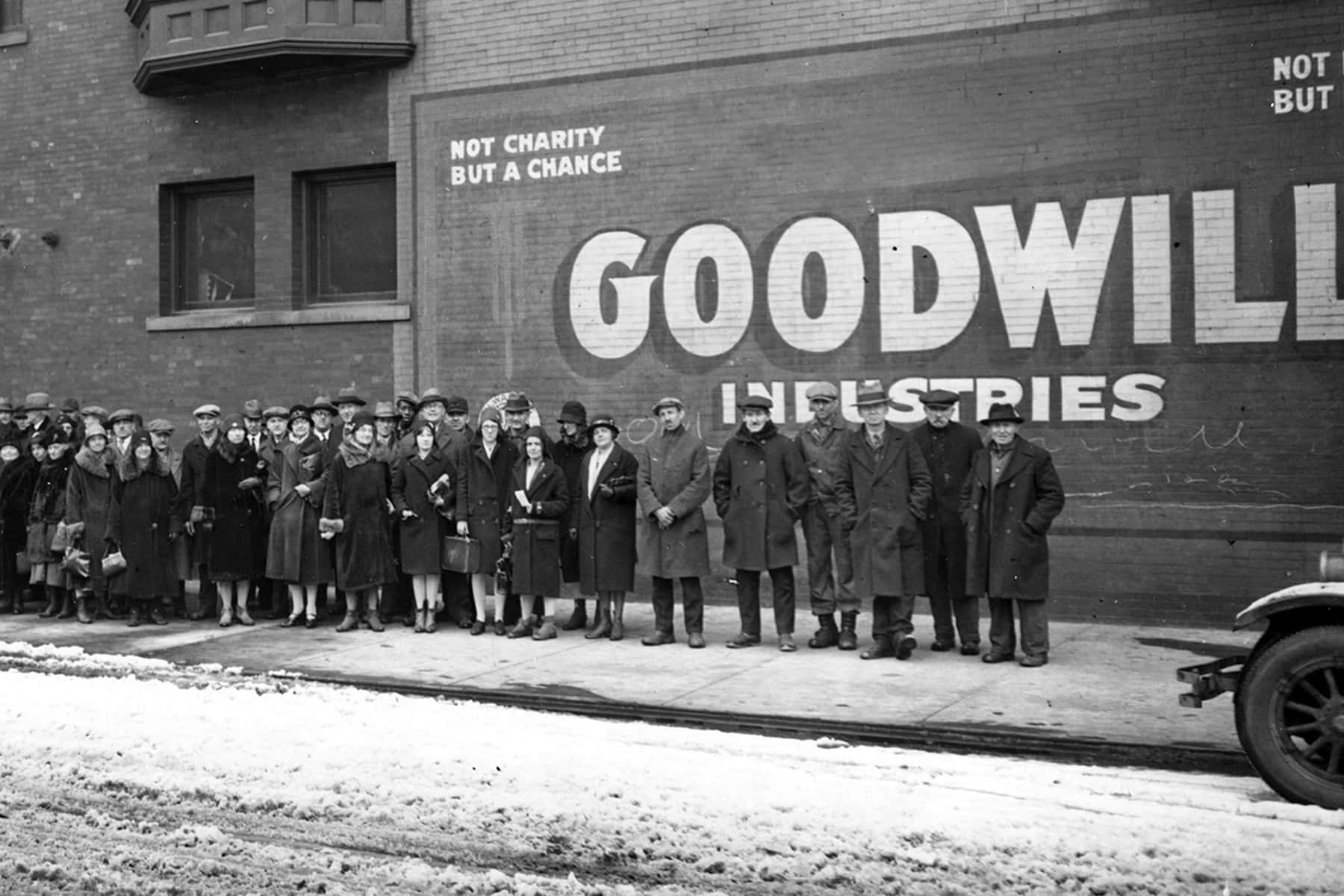
October 6, 1919 marked the centennial anniversary of Goodwill Industries of Southeastern Wisconsin, which originally incorporated as The Milwaukee Goodwill with its headquarters located at the Summerfield Methodist Church on the corner of Cass Street and Juneau Avenue.
The story of the organization’s formation reflected many efforts of that day, where Goodwills and other charitable institutions across the country were created in the basements of places of worship.
Goodwill, America’s Original Thrift, was founded in 1902 by Rev. Edgar J. Helms, a Methodist minister and early social innovator. Helms collected used household goods and clothing in wealthier areas of Boston, then trained and hired those who were poor to mend and repair the used goods.
The goods were either resold or given to the people who repaired them. The system worked, and the Goodwill philosophy of “a hand up, not a hand out” was born.
In 1919, Milwaukee Pastor H.S. Anderson went to Boston to learn about the Goodwill Industries. He reported his findings to 50 members of the Adult Sunday School Class of his Methodist congregation. They sponsored the work and foundation of Goodwill Industries in the basement of the Summerfield Church at 728 East Juneau Avenue.
Summerfield United Methodist Church began as a Mission Church of the Spring Street Church, later the First Church, for Methodists living East of the Milwaukee River. It later started formal worship at 528 North Jackson Street. The Universal Church at Broadway Street and Michigan Street was purchased and moved to Jackson Street, between Kilbourn (then Biddle) Street and East State Street. It was dedicated December 1, 1852 by Rev. A. Hanson.
The Summerfield congregation at the time was deeply involved with social issues in support of the local community. One example was when members joined with the abolitionist Sherman Booth and broke into jail of the Milwaukee Courthouse, site of present day Cathedral Square Park, to free escaped slave Joshua Glover. Their efforts also assisted his flight to Canada through the Underground Railroad. The congregation moved to is present location in 1904.
“At the present time, there is an average of 130 workers employed daily, and the annual budget approximates $105,000, of which 68% is earned through the sale of materials handled by the organization. The organization has purchased an abandoned Congregational Institutional Church, in which a community center program is conducted reaching over 400 children regularly.” – Milwaukee Goodwill Industries, 1930s report
Goodwill was originally founded ”to provide a chance, not charity” to people that society had labeled as unemployable, including thousands of soldiers returning from World War I. The Great Depression of the 1930s caused unemployment rates of 25% in Milwaukee County. Goodwill’s innovation led to a cooperative effort with the Red Cross to distribute food and clothing to 30,000 needy Milwaukee families.
During World War II, Goodwill focused on the growing number of individuals with physical disabilities, and developed the internationally acclaimed case management model. By the early 1960s, the Goodwill movement expanded in Wisconsin and other sister organizations were formed in Racine, the Fox Valley, and Madison.
The mission of Goodwill Industries for the past century has been to provide training, employment, and supportive services for people with disabilities or disadvantages – like lack of education, inadequate job preparation, and communication challenges – who seek greater independence.
Through its social services, community programs, and vocational training, Goodwill Industries of Southeastern Wisconsin serves more than 48,000 people annually. It is also the largest of more than 158 Goodwill organizations in the world, and as of 2017 it employed 11,786 people.
© Photo
Summerfield Collection and Goodwill Industries

